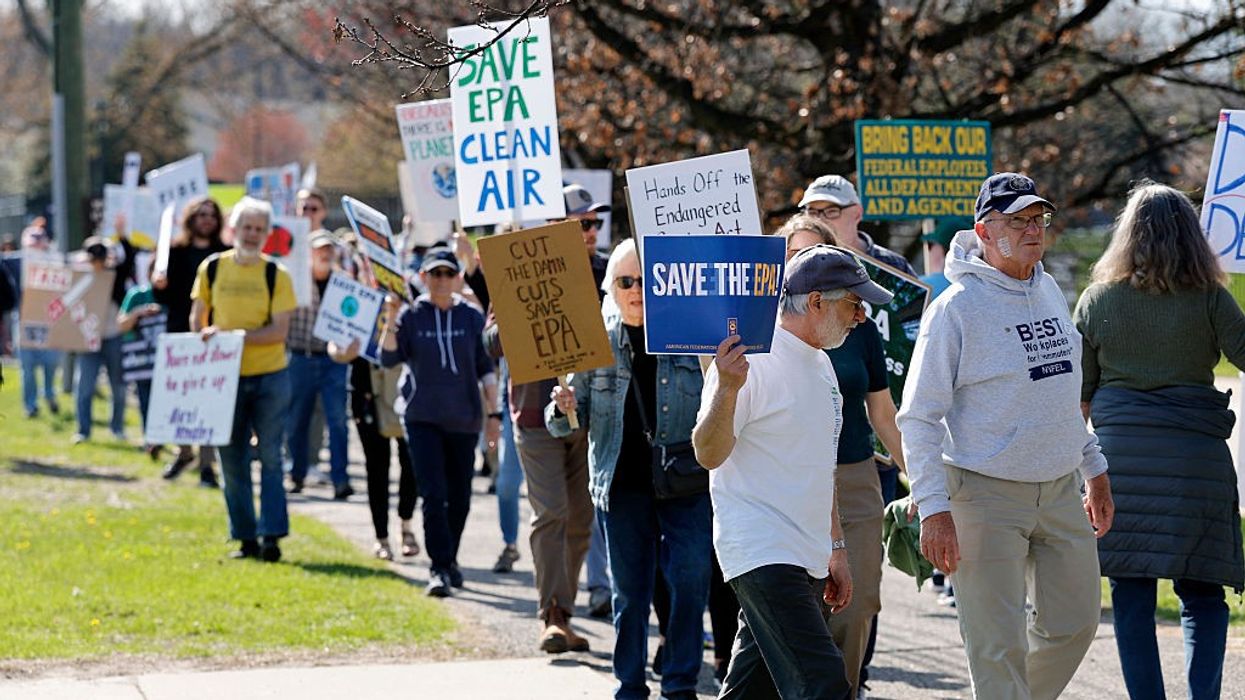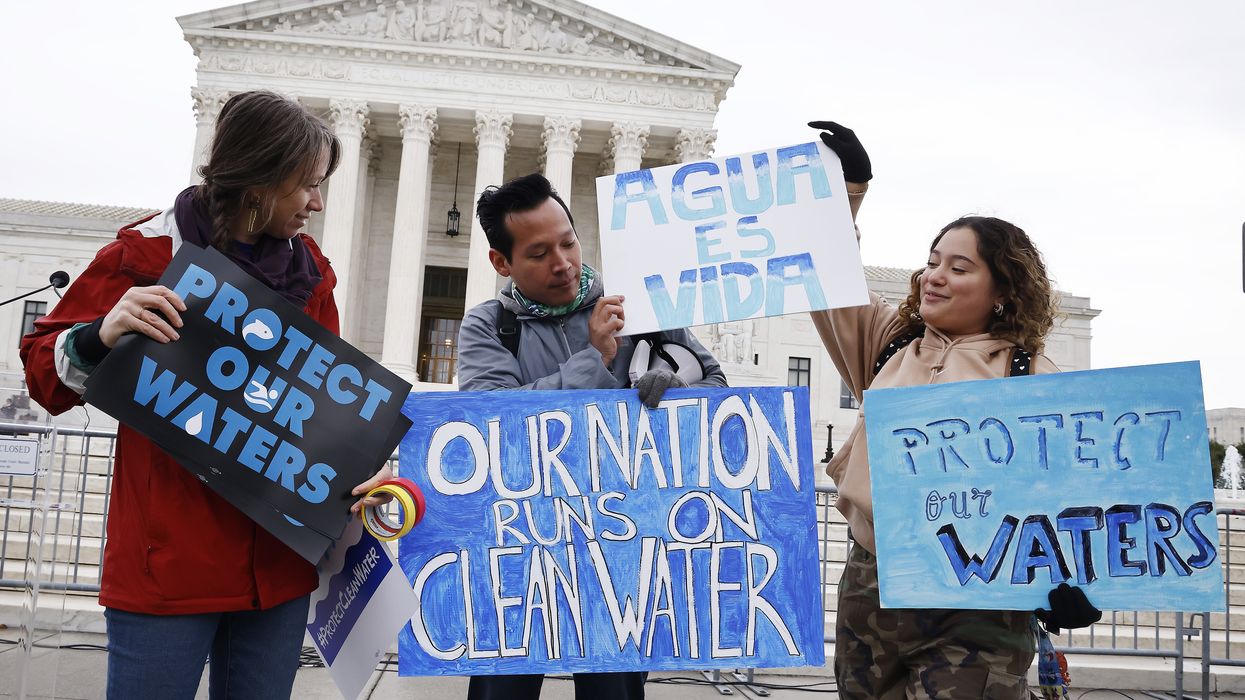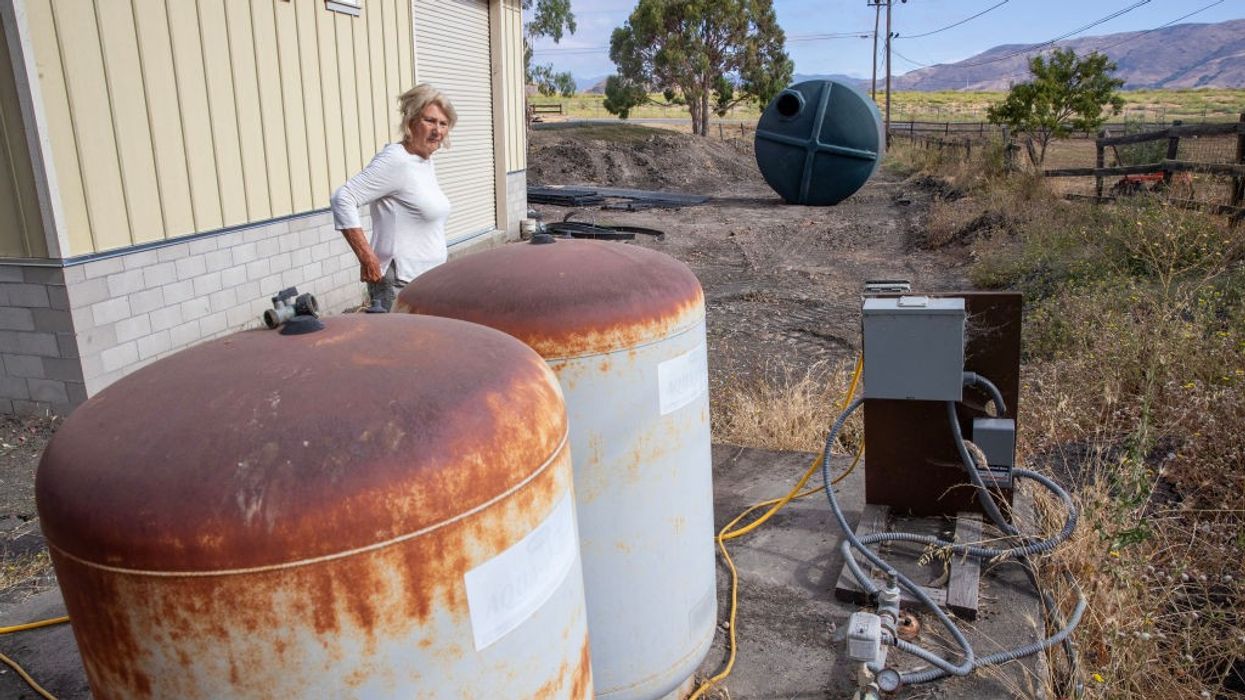Ex-EPA Staff Warn Trump Job Cuts 'Leave Communities Unprotected'
"This does not save taxpayers money; it simply shifts costs to hospitals, families and communities left to bear the health and economic consequences of increased pollution and weakened oversight."
The U.S. Environmental Protection Agency said Friday that it will reduce its workforce by more than 3,700 and abolish its stand-alone science branch, moves that one group of former EPA officials warned will "gut" research and enforcement and "leave communities unprotected."
The EPA said the personnel cuts—which will be achieved via layoffs, voluntary early retirements, and other measures—will deliver $748.8 millions in savings.
"Under President [Donald] Trump's leadership, EPA has taken a close look at our operations to ensure the agency is better equipped than ever to deliver on our core mission of protecting human health and the environment while Powering the Great American Comeback," EPA Administrator Lee Zeldin said in a statement. "This reduction in force will ensure we can better fulfill that mission while being responsible stewards of your hard-earned tax dollars."
However, the Environmental Protection Network—an advocacy group of over 650 former EPA career staff and political appointees—said the move "signals a systematic dismantling of the agency's ability to protect public health and the environment."
Jennifer Orme-Zavaleta, former EPA principal deputy assistant administrator for science, said that "today's cuts dismantle one of the world's most respected environmental health research organizations."
She continued:
EPA's science office has long been recognized internationally for advancing public health protections through rigorous science. Reducing its workforce under the guise of cost savings is both misleading and dangerous. This does not save taxpayers money; it simply shifts costs to hospitals, families, and communities left to bear the health and economic consequences of increased pollution and weakened oversight.
"The people of this country are not well served by these actions," Orme-Zavaleta added. "They are left more vulnerable."
Environmental Protection Network senior policy adviser Jeremy Symons said, "These layoffs are targeted to do maximum long-term damage to the Environmental Protection Agency because polluter lobbyists are calling the shots."
"This administration claims to champion transparency, but there is nothing transparent about how these cuts are being executed," Symons added. "This is not honest government. It's a deliberate strategy to shrink the agency's capacity while shielding that reality from public view because 9 out of 10 Americans oppose cuts to EPA."
Friday's EPA announcement follows other cuts at the agency amid the Trump administration's evisceration of the federal government, spearheaded by the so-called Department of Government Efficiency. Zeldin has boasted of canceling billions of dollars worth of green grants and ordering the closure of every environmental justice office nationwide. Amid a worsening planetary emergency, Zeldin also bragged about "driving a dagger straight into the heart of the climate change religion."
An appropriations bill currently before Congress proposes slashing EPA funding by 23%.


